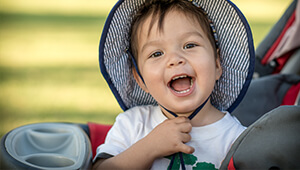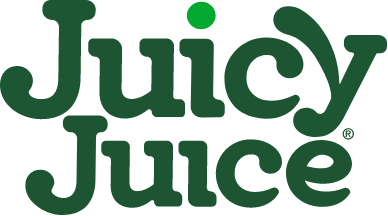Talking at Two


- Leslie Powers is betting that her son Nathaniel will be an excellent charades player when he grows up. At two, Nathaniel often uses gestures instead of words to communicate. Powers, a New York City publicist, admits that it’s been hard to resist comparing his use of language to that of other children – especially after she researched speech development and discovered that by two years, the average child can say between 150 and 300 words and combine them into simple three- or four-word sentences. Nathaniel, in contrast, has acquired perhaps 100 and often opts not to use them.
- Nevertheless, Powers says, Nathaniel’s language skills are moving forward – if slowly – so she is watching and waiting for now. “As long as he’s making progress,” says Powers, “I’m not going to worry about him being on a timetable.”
- Powers’s approach is a good one, says Dr. Robert E. Owens, author of Help Your Baby Talkand a professor of speech and language pathology at the State University of New York at Geneseo. He tells parents who are concerned about the rate at which their child is acquiring language to find out what’s typical, allow for individual variation and, after that, consult with a pediatrician only if they begin to worry.
- Toddlers are picking up many skills – mental, physical and emotional – and each does so at his own pave, he notes. One little adventurer prefers running to conversing, while a sedentary child likes chatting and looking at books. Even siblings’ talking patterns can be remarkably different.
- The chances of any given child having a serious problem are slim, according to Owens. Although about a quarter of kids age 18 to 24 months are behind in their speech developments, more than half of those catch up by the time they start school, he points out. That means less than 12% mightneed assistance – or they might be taking their own sweet time!
What to Expect
- Most two-year-olds are adding two to three words a day to their vocabularies, says Jennifer McCullough, a speech and language pathologist who directs PediaSpeech Services in Norcross, Ga. Speech professionals group these words into categories and look for two-year-olds to use nouns, verbs, adjectives and some location prepositions, such as inand on. Children this age should also be able to name family members, physical states (tired, hungry) and facial expressions (happy, sad). Most also refer to themselves by name and use some pronouns.
- Articulations – how a child speaks- is as important as what he’s trying to express, adds McCullough. The typical two-year-old can clearly produce the sounds of most vowels, as well as a number of consonants, including b, d, g, h, k, m, n, p, t and w.
A Closer Look
- If your two-year-old isn’t adding the sounds and words described above to his repertory, talk to your pediatrician, who may simply reassure you or may suggest an assessment. The most common evaluation is an auditory exam, since hearing problems can cause language difficulties.
- Other indicators might also call for testing. For example, consult with your doctor if you notice that your child is drooling, can’t drink with a straw or can’t hold food in his mouth. Or perhaps communication is generally difficult for him – via words, gestures or eye contact; that would signal the need for an assessment.
Positive Thinking
- When encouraging a child to speak, remember that language is more than a list of nouns and verbs. It’s about communicating and expressing your love and your interest in his life.
- Be a good communicator, and chances are your child will become one too. “Don’t talk ator for the child but with the child – always letting him express himself and validating his efforts,” Owens advises. Soon you won’t be able to stop him from talking.


